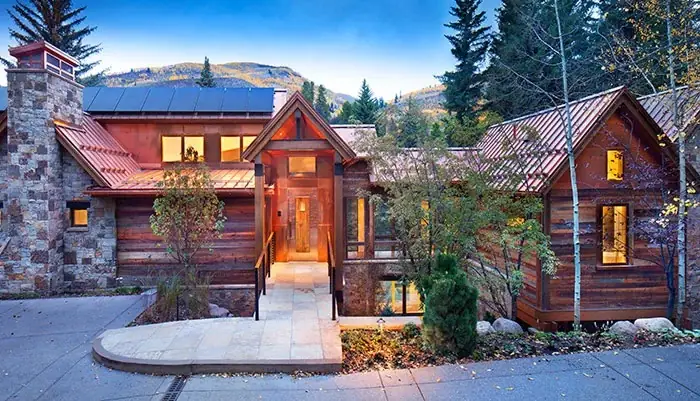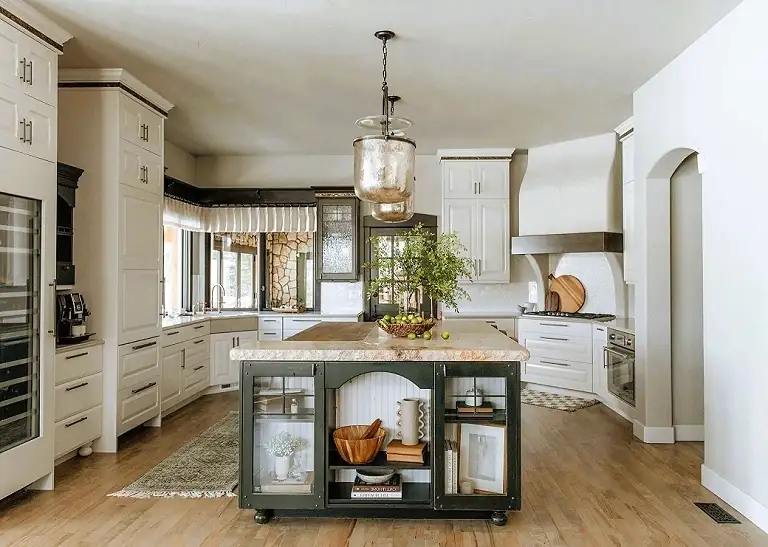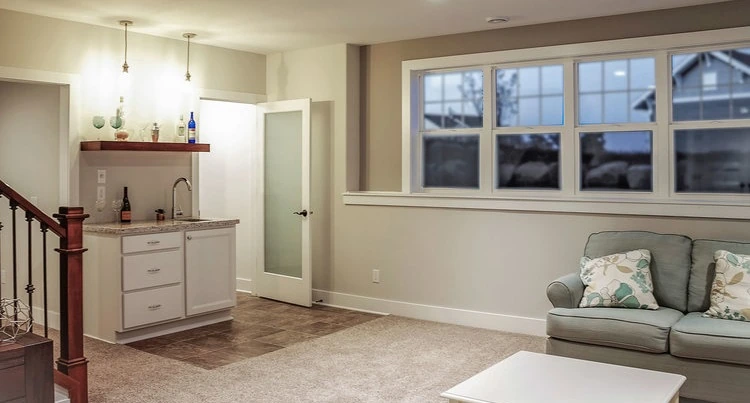If you’re thinking of buying a home, choosing the right type of mortgage is an important decision. When considering your options, it is essential that you fully understand the differences between each type of mortgage available. Understanding the mortgage types will help you make the best decision for your home-buying journey.
Conventional Loans can be used for a primary home, second home, or investment property. Overall borrowing costs tend to be lower than other types of mortgages, even if interest rates are slightly higher. You can ask your lender to cancel Private Mortgage Insurance (PMI) once you’ve reached 20% equity or refinance to remove it. You can pay as little as 3% down on loans backed by Fannie Mae or Freddie Mac. Conventional loan is a mortgage loan that is not backed by a government agency. These loans are issued by private lenders such as banks, credit unions, and other lenders. Conventional loans come in two forms: Conforming and Non-Conforming.
- Conforming loans: meet the set of standards put in place by the Federal Housing Finance Agency (FHFA), which includes credit, debt, and loan size. Because Conforming loans meet the guidelines and loan limits set by Fannie Mae and Freddie Mac, two of the largest mortgage buyers in the U.S. Lenders can sell conforming loans to free up capital, which makes them less risky and more attractive to borrowers. Conforming loans tend to have lower interest rates and fees, and require lower down payments.
- Non-conforming loans or Jumbo Loans: is a type of financing that exceeds the limits set by the Federal Housing Finance Agency (FHFA). Unlike Conforming loans, a jumbo loan is not eligible to be purchased, guaranteed, or securitized by Fannie Mae or Freddie Mac. Jumbo loans are for borrowers with excellent credit looking to buy an expensive home.
Eligibility requirements for Jumbo loans are a bit stricter than for conforming mortgages, because lenders are taking a greater risk by lending you more money. Each lender has its own requirements for non-conforming loans, but you’ll likely need a higher credit score, lower debt-to-income ratio, bank account reserves, and bigger down payment than you would for a conforming mortgage.
There are three types of government-backed mortgages, or home loans backed by federal agencies:
- FHA loans: These loans are insured by the Federal Housing Administration (FHA) and are designed for low-to-moderate income borrowers who have lower credit scores and minimal cash for a down payment. They are popular especially among first-time home buyers because they allow down payments of 3.5% for credit scores of 580+. However, borrowers must pay mortgage insurance premiums, which protects the lender if a borrower defaults.
- VA loans: These loans are guaranteed by the Department of Veterans Affairs (VA) and are available to eligible veterans, active-duty service members, and surviving spouses. VA mortgages typically come with lower interest rates than conforming mortgages, and you don’t need a down payment. You will may at least a 660-credit score and 41% debt-to-income ratio to qualify for a VA mortgage. You won’t have to pay for mortgage insurance, but you will pay a funding fee; The fee may be lowered if you have money for a down payment.
- USDA loans: These loans are guaranteed by the U.S. Department of Agriculture (USDA) and are designed for low-to-moderate income borrowers in rural areas. The qualifying income limit depends on where you live in the US. Like a VA mortgage, a USDA mortgage comes with lower interest rates and doesn’t require a down payment. Lenders may require a 640-credit score and 41% debt-to-income ratio. You will have to pay for mortgage insurance, but it should cost less than what you might pay for PMI or for insurance on an FHA mortgage.
Types of Loan Rates
When it comes to locking in an interest rate, you’ll choose between two types of mortgages: Fixed-rate or Adjustable-rate. Depending on which type of mortgage you get, you may get to pick between the two types or you may be limited to just one. For example, you can select either a fixed or adjustable rate for a conforming mortgage, but you can only get a fixed rate on a USDA mortgage.
- Fixed-rate mortgage: A fixed-rate mortgage locks in your rate for the duration of your loan. Although US mortgage rates will increase or decrease over the years, you’ll still pay the same interest rate in 30 years as you did on your very first mortgage payment.
- Adjustable-rate mortgages: Also known as ARMs or variable-rate mortgages, carry higher risk and higher reward than fixed rates. An ARM is always cheaper than a fixed-rate mortgage in year one, but it carries the risk of higher interest rates in the long-term. ARMs have two components: the number of years the initial rate gets locked in for; and the intervals at which rates get updated. Most lenders offer ARMs of 3/1, 5/1, or 7/1. For example, a 3/1 ARM refers to an ARM with a fixed rate for the first three years and a rate update every year after that. Typically, the shorter your fixed period, the better your introductory rate. Because of their unpredictable nature, ARMs are best for borrowers who plan on selling the home, refinancing the loan, or paying off the mortgage early.
Construction Loan
Building a home is not a one-size-fits-all process. To meet the varying needs of future homeowners, there are several types of construction loans available: primarily, construction-to-permanent and construction-only loans. Owner-builders and homeowners performing extensive renovations on an existing house have separate options.
- Construction-to-permanent loan: This loan finances construction of a home and then converts into a fixed-rate mortgage once the home is completed.
- Construction-only loan: Lender issues a short-term, adjustable-rate loan that is used to complete construction of a home. After construction is complete, the loan must be paid in full or refinanced into a mortgage. This requires two application processes and two closings.
- Owner-builder loan: Draws are made to the owner-builder, rather than to an approved third-party contractor. These loans are usually only available to owners who can demonstrate experience as a homebuilder—or have a contractor’s license.
- Renovation loan: Most similar to a traditional mortgage, renovation loans cover the cost of purchasing a home and performing renovations. Because of this, the loan amount is based on the anticipated value of the home after renovations. Homeowners who are buying a fixer-upper often use this type of loan.
Balloon Loans
With a balloon loan or mortgage, you’ll make monthly payments as you would for any other type of mortgage for the first five years or so. At the end of that initial payment period, you’ll pay off the total amount you still owe on the loan in one lump sum. Balloon loans come with low interest rates, but they may be risky. You might like a balloon mortgage if you expect to sell and move out of your home or refinance it before the initial payment period ends. Balloon mortgages are risky for both the buyer and lender, so finding a lender that offers one may be more difficult.
Interest-Only Loan
With an interest-only loan or mortgage, you borrow money as you would with any other type of mortgage, and you make monthly payments. But you only pay off the interest charged by the lender, not the principal (the amount of money you borrow). Interest-only loans have a set period, such as ten years, where you’ll make interest-only payments. Once that period is up, you’ll start paying both principal and interest. Some people like this type of mortgage for the low monthly payments. But interest-only mortgages typically have adjustable interest rates, so your rate will fluctuate from year to year. Also, may not be building equity in your home because you won’t be paying down the principal in the early stages of the loan.
Piggyback Loan
A piggyback loan involves taking out two mortgages, one large and one small. The smaller mortgage “piggybacks” on the larger one. The primary loan is typically a conventional mortgage. The other is basically a home equity loan or home equity line of credit. There are several types of piggyback loans, but an 80-10-10 loan is probably the most common. The first mortgage is for 80% of the purchase price, the second is for 10%, and you provide 10% cash for the down payment. By combining the second mortgage and the money you already have saved for the down payment, you’ll have 20% total to put down. This way, you don’t have to pay for private mortgage insurance (PMI). Do the math and make sure this is cost-effective for you.
Loan or Mortgage Refinance
When you refinance your home, you replace your initial mortgage with a new one. There are multiple potential benefits to refinancing: locking in a lower interest rate, making lower monthly payments, or canceling private mortgage insurance are just a few. Because you’re just applying for a new mortgage, much of the process will be the same as it was the first time around. The lender will still look at your credit score and debt-to-income ratio. But instead of determining your interest rate by looking at your down payment, the lender will consider how much equity you’ve accumulated in your home.



